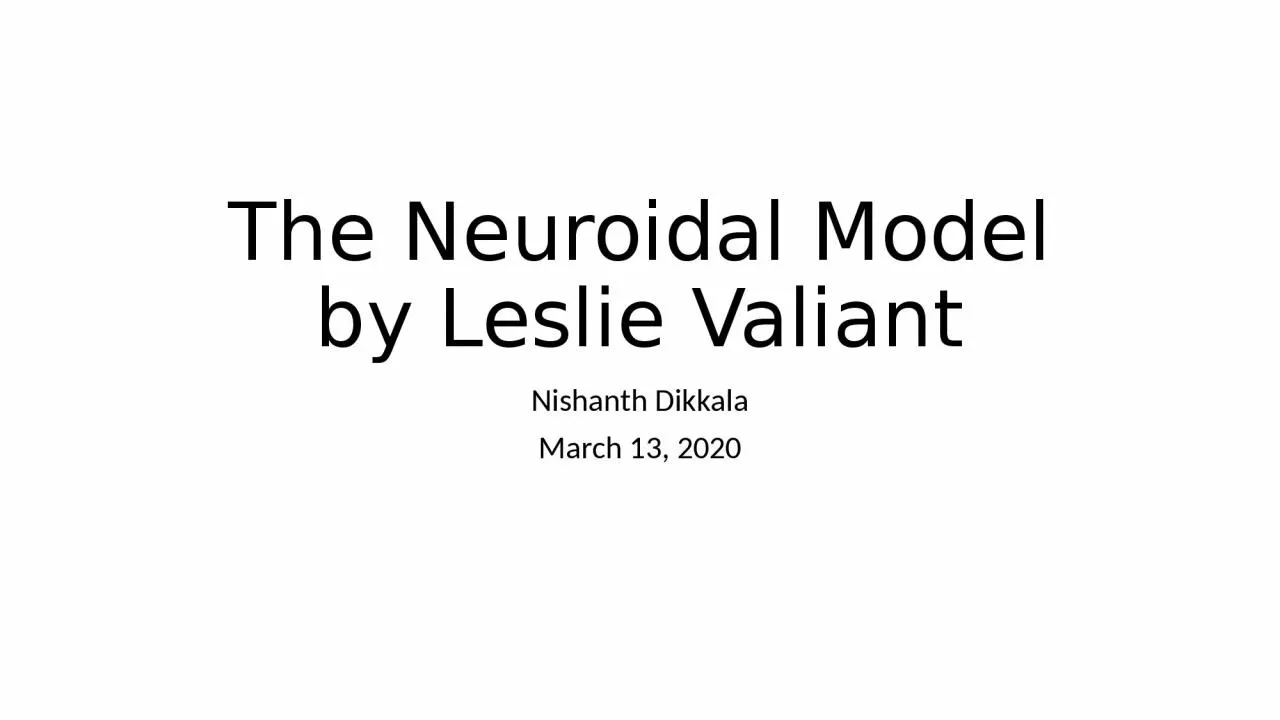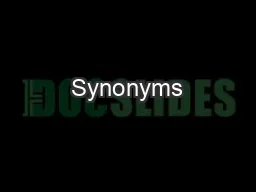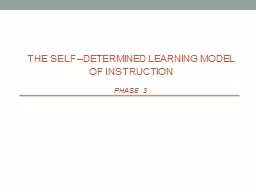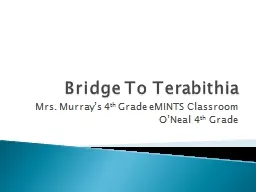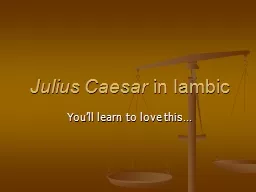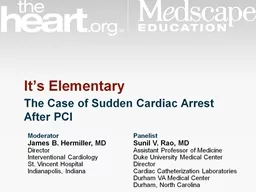PPT-The Neuroidal Model by Leslie Valiant
Author : ethlyn | Published Date : 2023-09-19
Nishanth Dikkala March 13 2020 Goal Feasible computational model of brain which also performs learning Theory to explain some fundamental capabilities of brain
Presentation Embed Code
Download Presentation
Download Presentation The PPT/PDF document "The Neuroidal Model by Leslie Valiant" is the property of its rightful owner. Permission is granted to download and print the materials on this website for personal, non-commercial use only, and to display it on your personal computer provided you do not modify the materials and that you retain all copyright notices contained in the materials. By downloading content from our website, you accept the terms of this agreement.
The Neuroidal Model by Leslie Valiant: Transcript
Download Rules Of Document
"The Neuroidal Model by Leslie Valiant"The content belongs to its owner. You may download and print it for personal use, without modification, and keep all copyright notices. By downloading, you agree to these terms.
Related Documents

